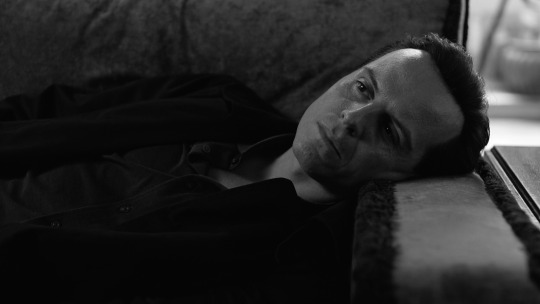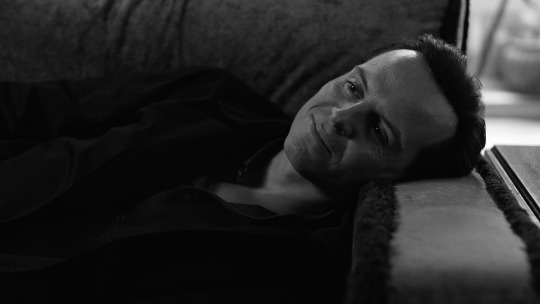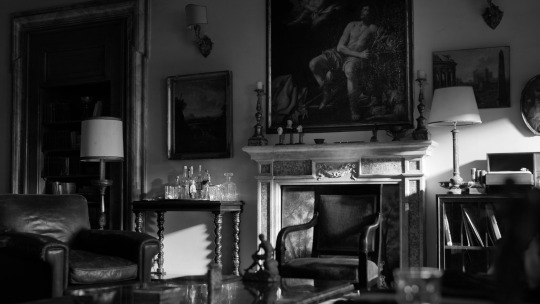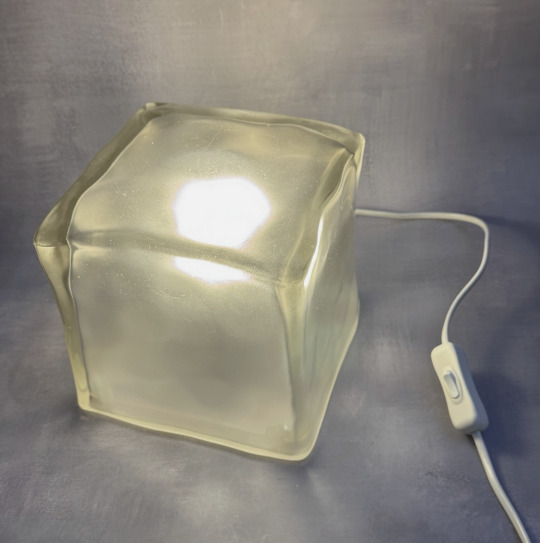Text

Josep Cisquella (Spanish, 1955-2010), Blue Windows (Shadow Series), 1998. Oil and sand on canvas, 38 x 57 ½ in.
739 notes
·
View notes
Text

--- Designer/Brand: South West Ceramics Region: England Time period: 1989
16 notes
·
View notes
Text

Organic Concept, Renaissance Court of Worcester Art Museum, 2017, by Shih Chieh Huang
5K notes
·
View notes
Text
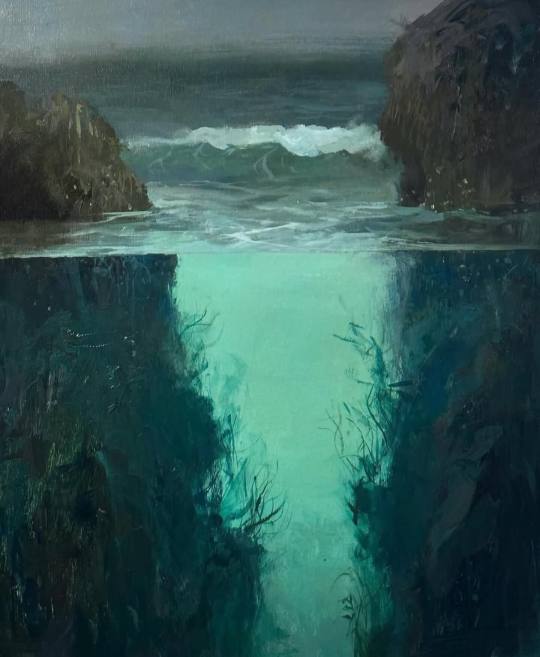
Tide Pool - Jeremy Miranda , 2023.
American , b. 1980 -
Acrylic on canvas, 29 9/10 × 35 2/5 in. 76 × 90 cm,
2K notes
·
View notes
Photo

Swatch telephone, George Sowden, 1993
2K notes
·
View notes
Text

「夜が似合う花たち」
ジークレープリント 297mm×210mm グループ展示「PLANT!」展示作品
場所◾️原宿 marienkafer /マリーエンケーファー
日程◾️2025/5/2-5/14 12:00-19:00
https://marienkaferweb.wixsite.com/2014
◾️参加作家◾️
IPOIPO ・江上秋花 ・ozigi ・春日井さゆり ・KIMUKIMU
東海林たぬき ・トミイマサコ trampoline ・中村雅奈
naproom・にくまん子 ・檸檬はソワレ
展示は14日まで!
183 notes
·
View notes
Text
Hey guys i want to bring your attention to the isnad campaign which is an initiative to help gazan college students continue their online education during this genocide.
The initiative will provide them with a safe and suitable study environment with electricity, high-speed Internet, a break room, a toilet and a whole kitchen will be free for students.
If you can please donate what you can spare to this fundraiser, your money will be going towards supporting students during this difficult time.
1K notes
·
View notes
Photo

Shanghai Grand Opera House, Snøhetta
1K notes
·
View notes
Text
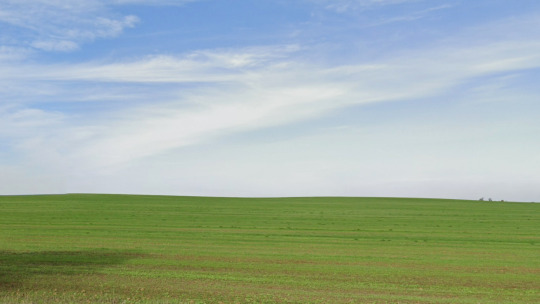
CHP Officer Andrew 'Andy' Stevens Memorial Hwy, Woodland, California.
368 notes
·
View notes
Text



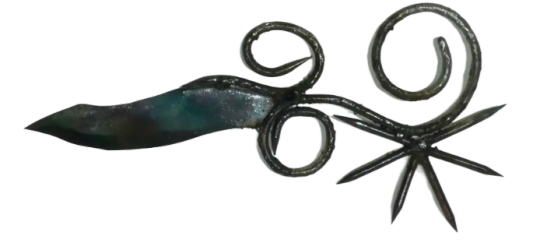
The Kissing Knife, The Thorn Knife, The Leather Knife, The Black Knife - Chloe Arrouy
3K notes
·
View notes
Text
The gelatin in film stock was made from the hide, bones, cartilage, ligaments, and connective tissue of calves (considered the very best), sheep (less desirable), and other animals who passed through the slaughterhouse. Six kilograms of bone went into a single kilogram of gelatin. Eventually, the demands of photographic industries generated so much need for animal byproducts that slaughterhouses became integrated into the photographic production chain. Controlling the supply chain became key to Kodak's success. In 1882, as Kodak began to grow as a company, widespread complaints of fogged and darkened plates stopped production. The crisis almost ruined Kodak financially and resulted in the company tightly monitoring the animal by-products used in gelatin. Decades later, a Kodak emulsion scientist discovered that cattle who consumed mustard seed metabolized a sulfuric substance, enhancing the light sensitivity of silver halides and enabling better film speeds. The poor-quality gelatin in 1882 was due to the lack of mustard seeds in the cows' diet. The head of research at Kodak, Dr. C. E. Kenneth Mees, concluded, "If cows didn't like mustard there wouldn't be any movies at all." By controlling the diet of cows who were used to make gelatin, Kodak ensured the quality of its film stock. As literary scholar Nicole Shukin reflects, there is a "transfer of life from animal body to technological media." The image comes alive through animal death, carried along by the work of ranchers, meatpackers, and Kodak production workers.
—Siobhan Angus, Camera Geologica: An Elemental History of Photography
20K notes
·
View notes

